

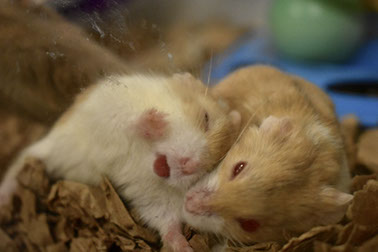
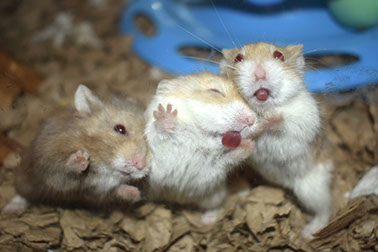

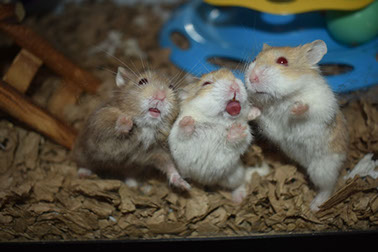
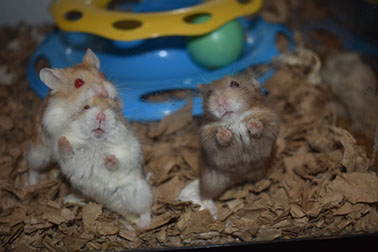
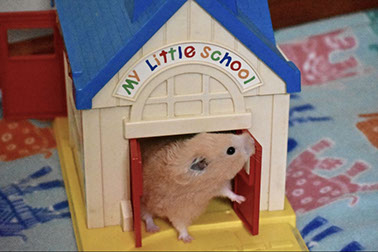

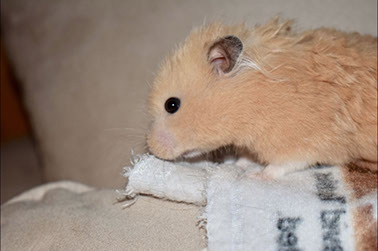
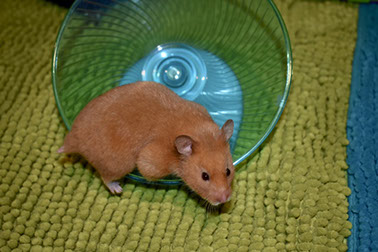
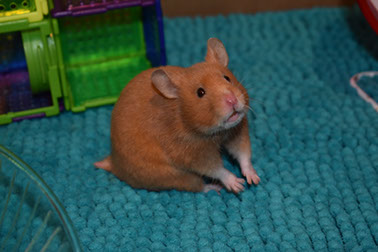
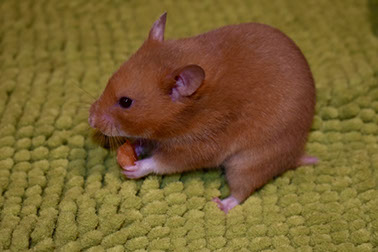
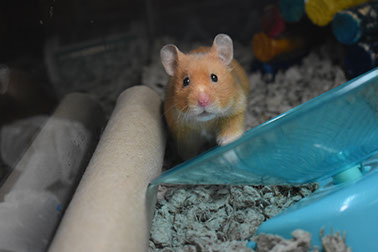

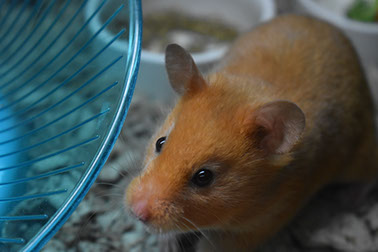

In the wild, a hamster burrow has many rooms and levels, and can be several feet underground. Domesticated hamster similarly prefers large, complex and multi level spaces, but must be kept indoors for their own safety. There are many kinds of hamster cages sold at pet stores and online, but be aware that many are in fact too small, and are not suitable for hamster habitats. Bigger is always better when looking for hammy housing! If you are creative, and want to custom make your hammy cage, appropriate materials are large storage bins (with installed mash sides for ventilation), stacked on one-another and connected with tunnels, or used as single units; as well as Ikea units and storage components edited for safety and ventilation. Also good to use are large bird cages, with half inch bar spacing.
Cages we recommend: Ferplast HAMSTERVILLE Hamster, Hamster & Small Animal Home/Cage, Ware Chew Proof Four Story Hamster Cage, Ferplast Hamster Cage, and Prevue Hendryx Deluxe.
The hamster living enclosure should be kept away from direct sunlight, heat sources, loud noises (such as televisions or stereos). The area should be well ventilated, but away from drafts and vents, in order to avoid contributing to respiratory issues. Also, remember to keep the cage away from chemical agents, cleaning solvents, and other companion animals.
The ideal hamster room temperature is anywhere from 65 to 80°F.
The cage floor (or levels) themselves, although mostly made out of wire, should NEVER be left as is. Bare wire floors are responsible for feet swelling, redness, sores, ulcerations, bleeding, bumble foot (together with unkempt cage cleaning), and other hind foot relates issues. Because hamsters spend a good portion of the time when the whole body weight is carried by their hind feet (example- while eating), it is vital to make the cage floor and levels safe for them to use long term! If your cage (or the cage you are yet to get) has bare wire floors, add plastic covers (sometimes available to buy from the same company), cardboard cut to size, or another material that you can easily change up, disinfect and reuse. Or, better yet, get a cage that already comes equipped with plastic covered levels!
Once you’ve selected a spacious living enclosure, it’s time to choose the bedding, needed to absorb urine, and provide a comfortable place to rest. Place 2 to 3 inches of selected bedding on the bottom of the cage, and have the rest of the flat surfaces covered with fleece, towels, or similar canvas material. Hamsters will usually go to the bathroom in the same spot, so make sure to clean the potty corner every day, by removing the soil bedding, and adding some fresh one. The whole cage should be celled every 3-4 days.
Our favorite bedding is Critter Care and Care Fresh, made from reclaimed wood pulp, biodegradable and compostable after use. As it is virtually dust free, you'll experience less respiratory or allergy issues, as well as a cleaner hamster habitat. Although there are many kinds of beddings to be used, be sure to avoid the ones made from wood shavings, as they can contain volatile oils, that are often the source of respiratory problems in hamsters.
There are many items on the market available for hamster cage enrichment, so be sure to get plenty, and change up often. You hamster companion will show you what she/he likes, so make sure to provide plenty of diversity.
Aside the DIY items (often made out of cardboard or popsicle sticks), here are some of our favorite hammy fun items: Natural Living Tunnel System, Alfie Pet hammock, Puzzle Playground, Fiddle Sticks Hideout, Ceramic Critter Bath, and Tree Trunk Hideout.

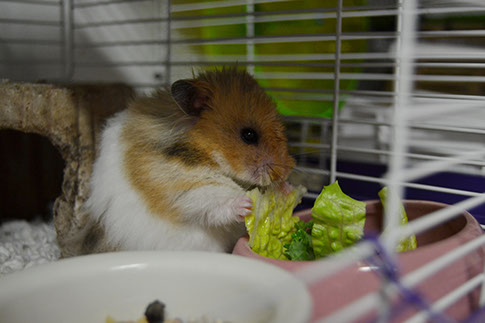
The daily hamster diet should be as natural as possible. It should not have purple and hot pink color bits in it. We recommend Shprene Hazel hamster food for nutrition and variety. While Many hamster food on the market promise that they are nutritious, healthy, and choke full of vitamins and minerals, but many of the same foods or hide and Patty said contact, and also contain sugar and molasses in addition to the controversial cancer-causing preservative ethoxyquin.
To ensure the food lasts, and is in prime condition, storage in airtight Tupperware container.
In addition to pelleted store brought Food, I have a stroller also enjoy fresh food daily. Provide one serving of fruits and plenty of dark green, leafy vegetables.
• Apple seeds and skins
• Almonds
• All citrus fruits
• All animal derived foods
• Bitter almonds
• Bread
• Grape seeds
• Garlic
• Fruit pits
• Iceberg lettuce
• Peanuts (high fat content, but can be given occasionally )
• Onions
• Eggplant
• Chocolate (or any other sugary sweet)
• Almonds
• Apples
• Bananas (super-rich in sugar, so be sure to give them only sparingly)
• Blueberries
• Bread
• Broccoli
• Cabbage
• Carrots
• Carrot tops
• Celery
• Cucumber
• Darker leafy green greens like romaine, spinach, kale and dandelion greens
• Grapes (in moderation)
• Lettuce
• Peanuts
• Bell peppers
• Popcorn (minus salt and butter!)
• Raspberries
• Spinach
• Strawberries
• Watermelon
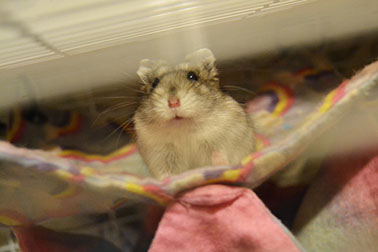
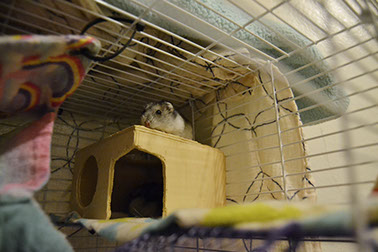
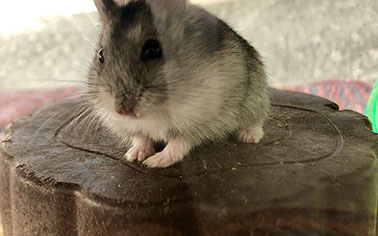

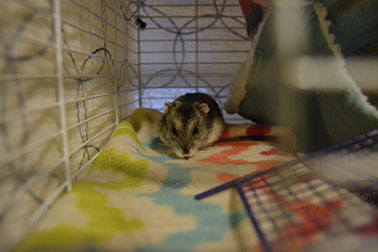
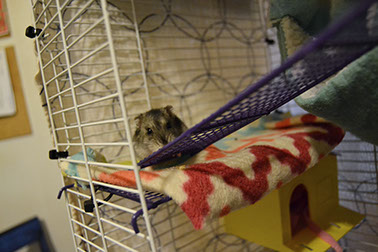
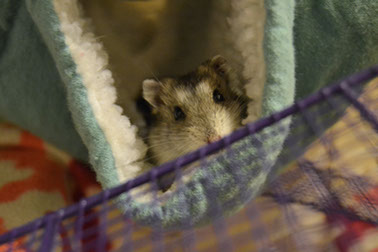
When you bring your new hammy home, remember to give them ample time, so they can get comfortable, and get to know their new habitat, in their own time. New smells, sounds and a new caretaker, are a lot to take in! In order to help them adjust, for the next few days, have a light cloth covering their cage. Ideally, you want top, back and sides to be fully covered, and the front side half-covered. Feel free to take the front cover off, once twice a day, during bonding time.
But, remember to start slow. Initial bonding should be just you placing your hand near, and later in their cage, so they can get to know you by scent. You want to talk to them during bonding, always in a same soft tone, without other sounds to disturb them.
Like any new friendship, it takes time to get to know someone and feel comfortable with them. That said, wait a while to handle your hamster or pick them up. After a few days of giving them food and water, they’ll start to trust you! Make sure you run a tight schedule, and always give food, or have bonding time, at the same time of say. This will help them first know what’s coming, then look forward to what’s, and who’s to come.
There’s a happy medium between keeping your hamster’s home clean and comfy, and creating undue stress by cleaning it too much.
In general, you want to:
- Clean the toilet area daily.
- Change bedding as needed. Frequency will depend of the numbers of hamsters, the cage size, etc. You don’t want it to be fully soiled ever!
- Wipe out their food dish twice weekly.
- Clean out their water bottle once weekly and don’t forget to clean the nozzle with a q-tip.
- Empty their entire habitat weekly or twice a week.
- Place all new bedding weekly.
Once weekly, take soap and water and wipe down the entire habitat once it’s empty of bedding, toys, and other pieces. That extra step will keep your hammie’s happy, and their living enclosure, and therefore your home, smelling great.
A great way to give your hamster exercise, and provide extra bonding time, is to accommodate for ample play-time outside of their living habitat, daily. We suggest setting up a play-pen area, with lots of tunnels, hiddy houses, and other enrichment items, and let the fun begin. Remember, to always supervise their out-of-cage time, so everyone is always safe, and accounted for.
To learn more on how to provide a safe, and rich environment for hammy exercise, see THIS article we shared on FB.
Patience, regular feeding and bonding, lots of out-of-habitat playtime, and soft talk, will go a long way in helping you bond with your hammy family. Make sure to always approach them slowly, and talk to them in a conversational manner. They’ll learn to recognize your scent and voice, and see you as a source of comfort.
And in no time at all, you will have bonded with your new best friend and/or friends!









More soon to come...
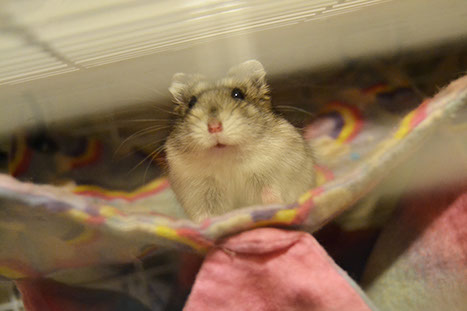
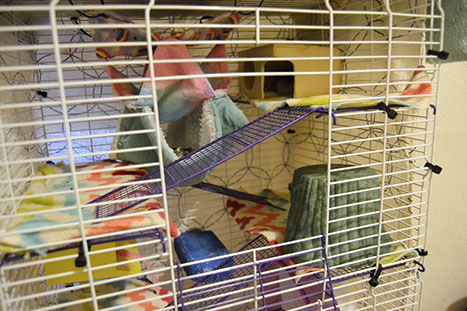
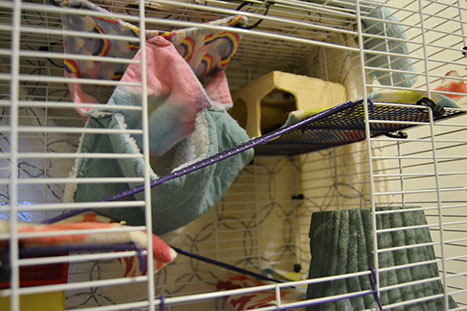
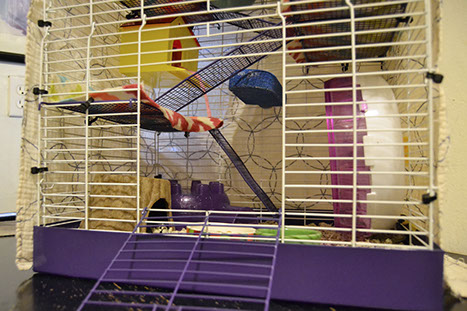
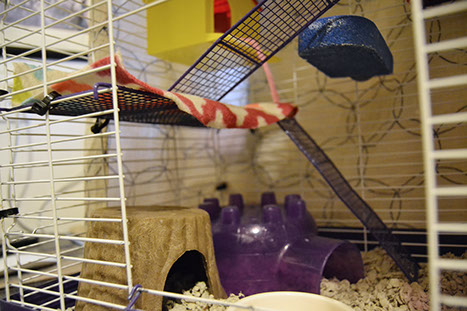
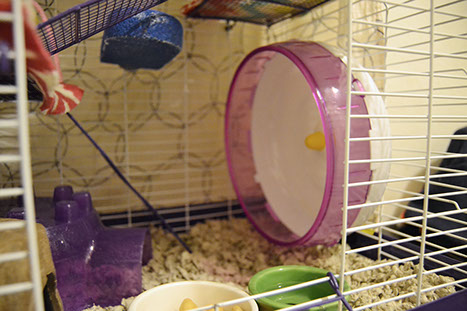
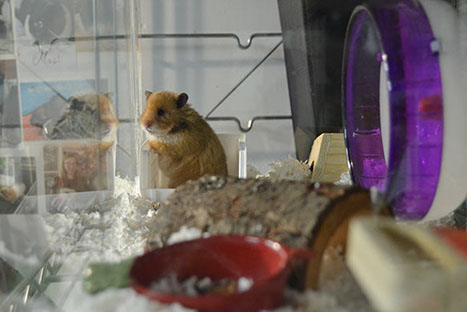
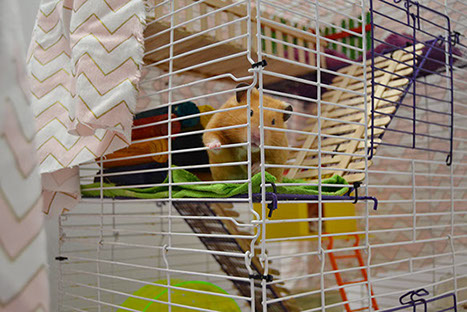
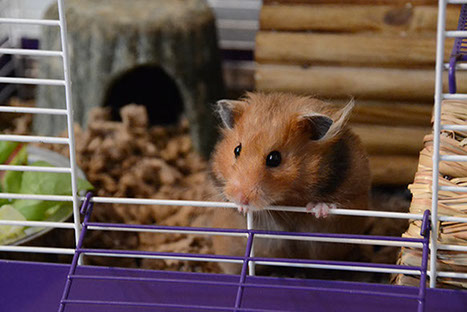
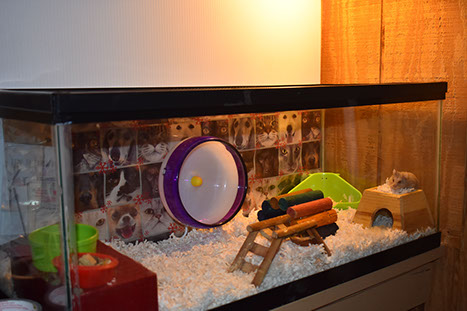
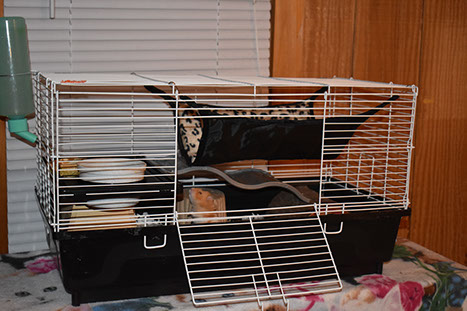
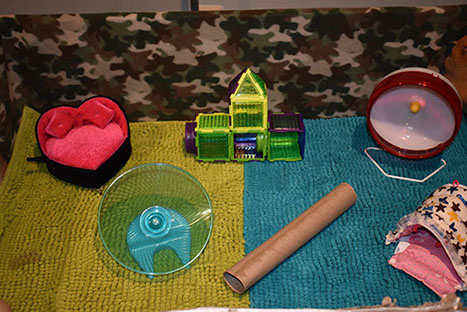
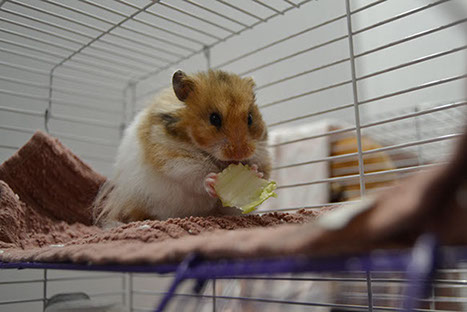

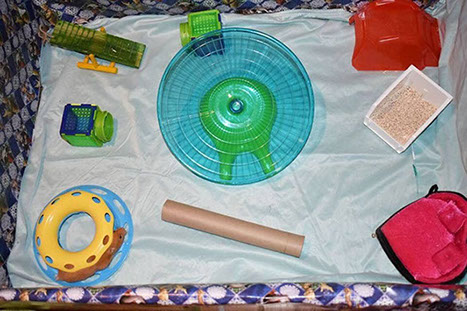
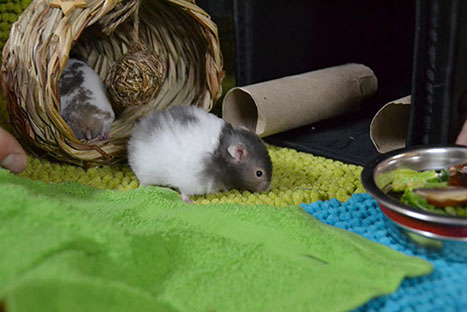
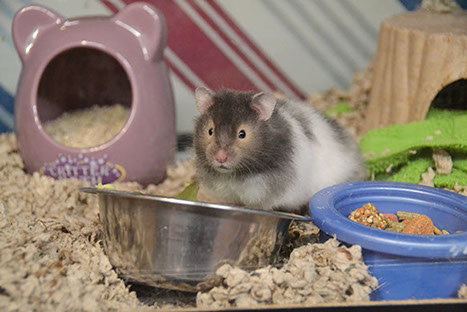
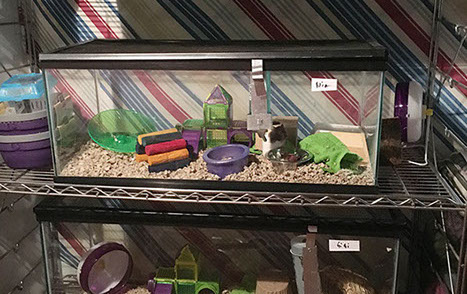
10 - 18






Hamsters first came to the United States in 1936. These first arrivals were Syrian hamsters, also called golden hamsters or teddy bear hamsters. Syrian hamsters are the largest hamster breed and are still the most popular companion hamsters in the world today. Today, there are more than 20 different kinds of hamsters in the wild, but only few you have been domesticated. Among these, and the ones we adopt the most often are Syrian hamsters and Russian dwarf hamsters.
are solitary animals, and adopted as such. If kept together they have been known to fight, causing long term harm, and if not separated in time- to the death. Even tho, sadly, you can still see Syrian hamsters housed together in pet stores, it is highly inappropriate, and once hamsters reach adulthood, joint housing will lead to competition, aggressive behavior, unsanitary conditions, and if sexed wrongly- to unwanted pregnancies.
on the other hand, are sociable animals, and prefer company of other dwarf hamsters. They are best if adopted in pairs or trios, in the same gender groupings.
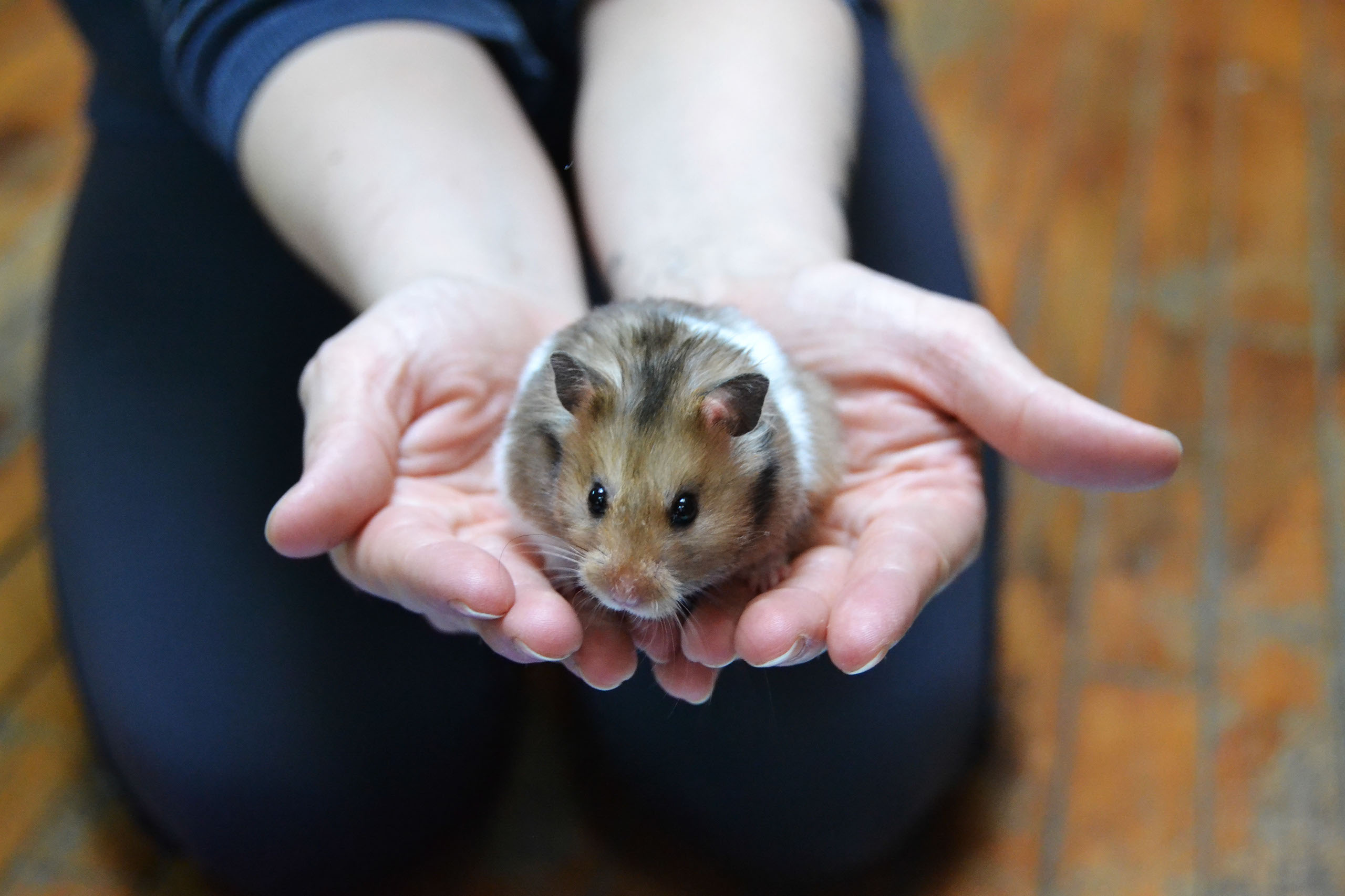
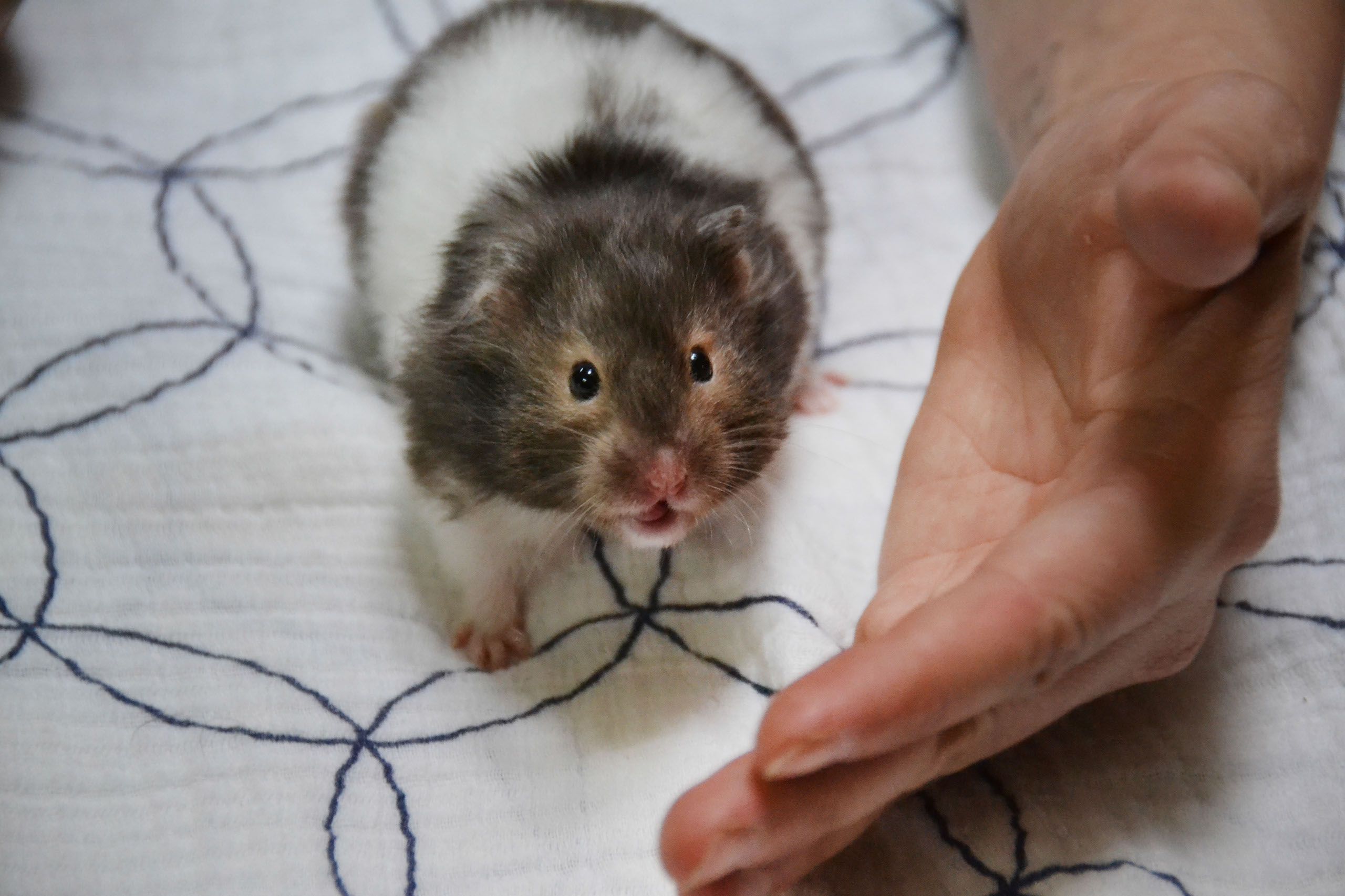
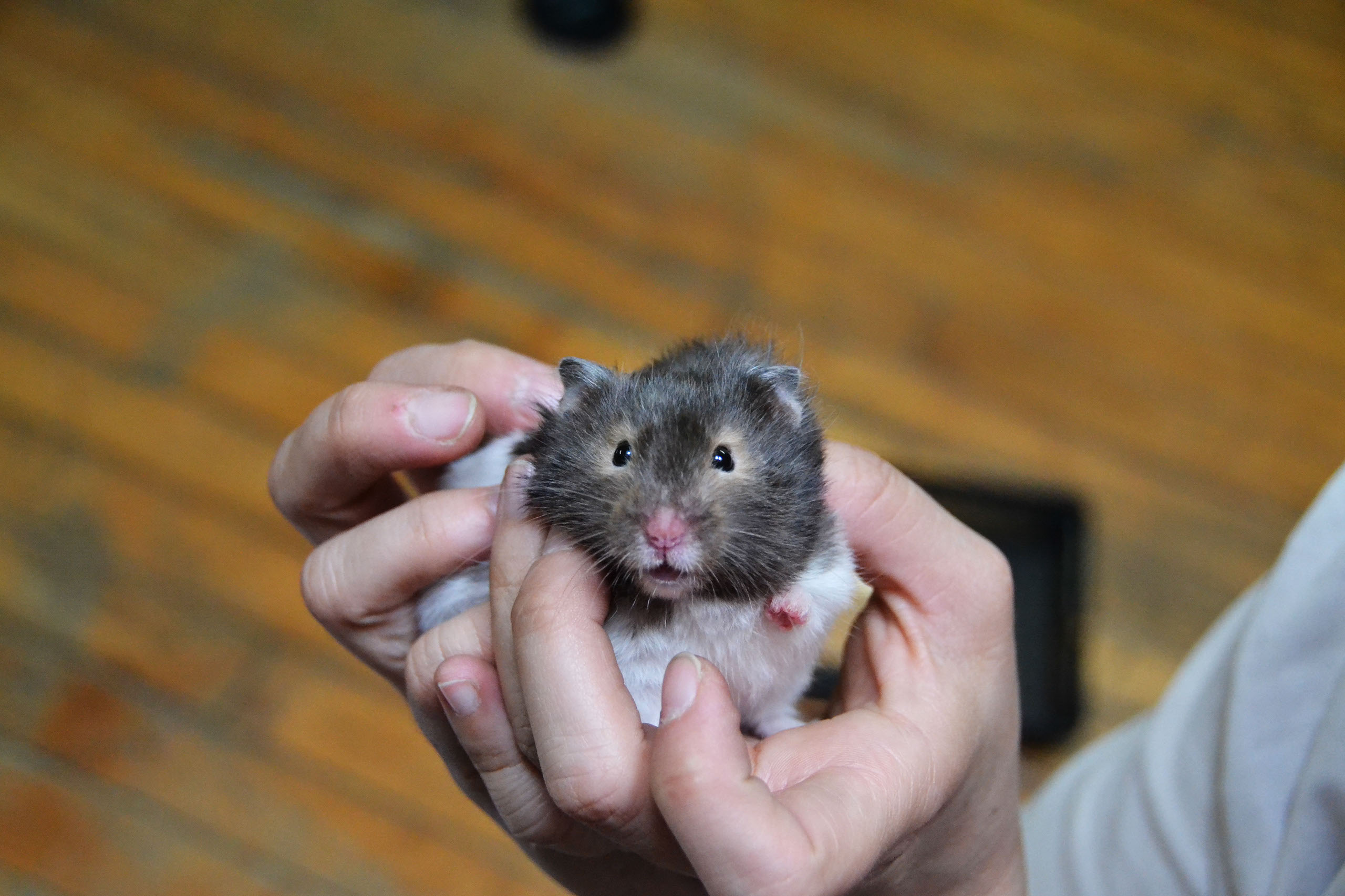
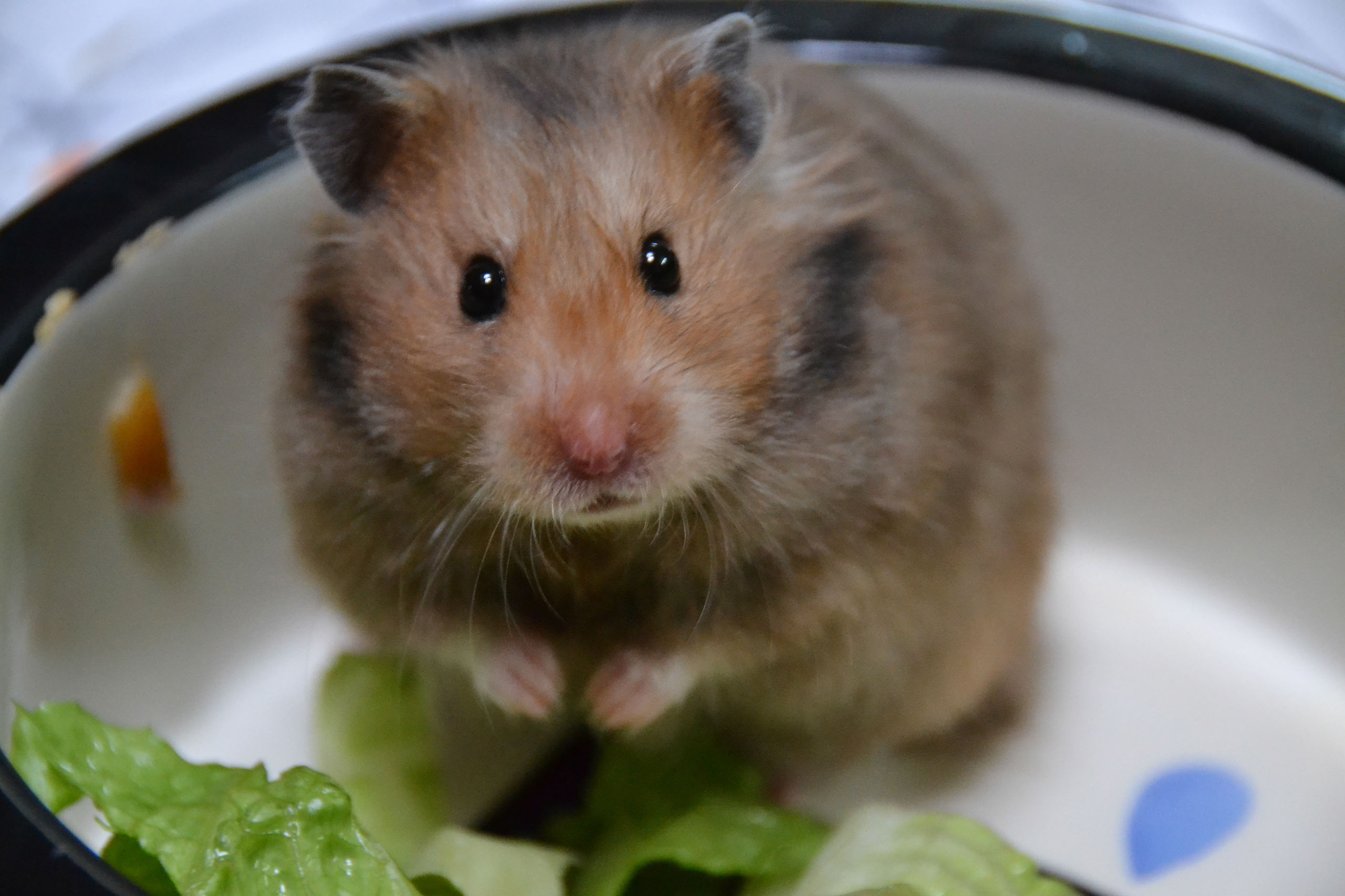
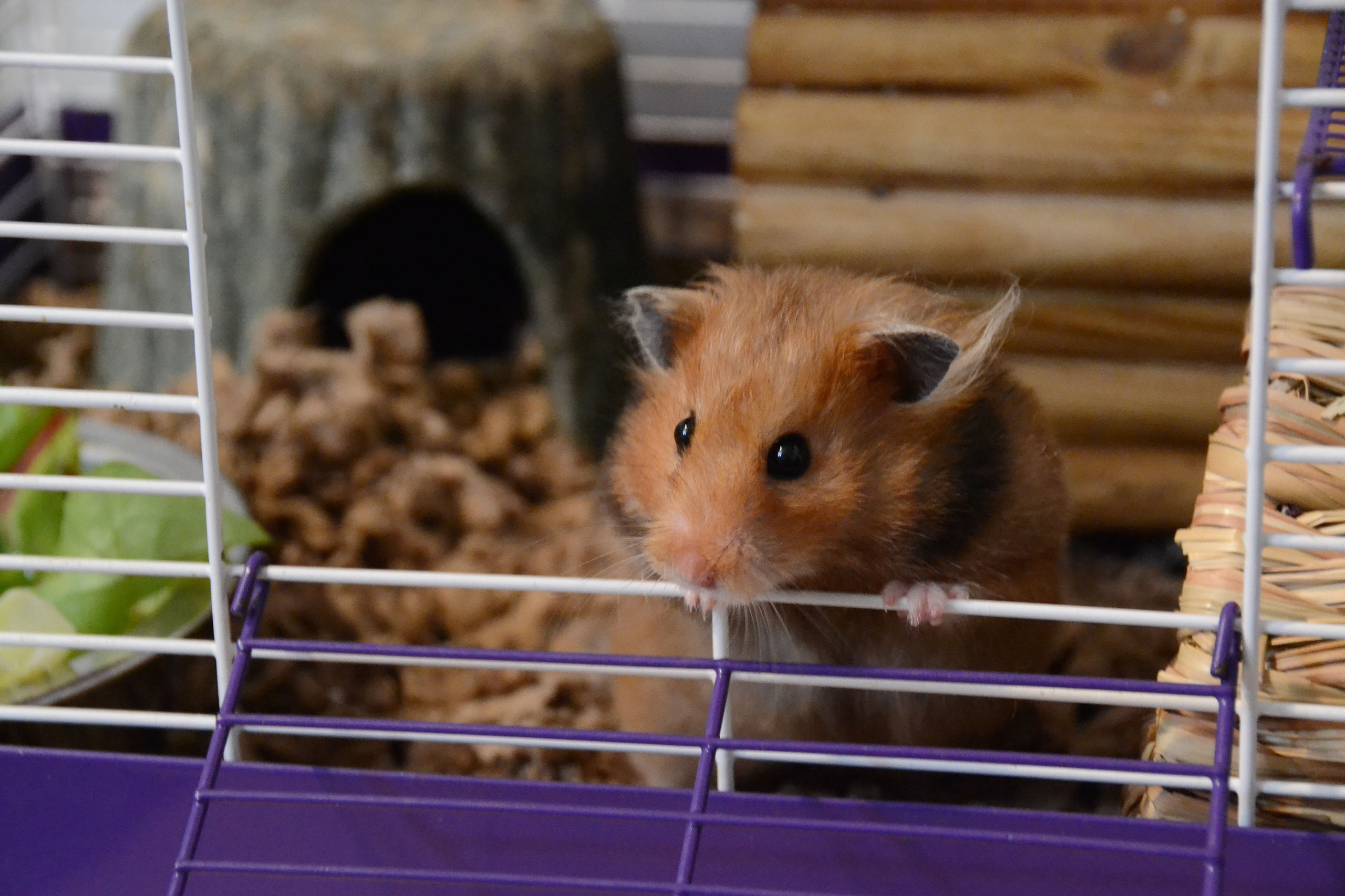
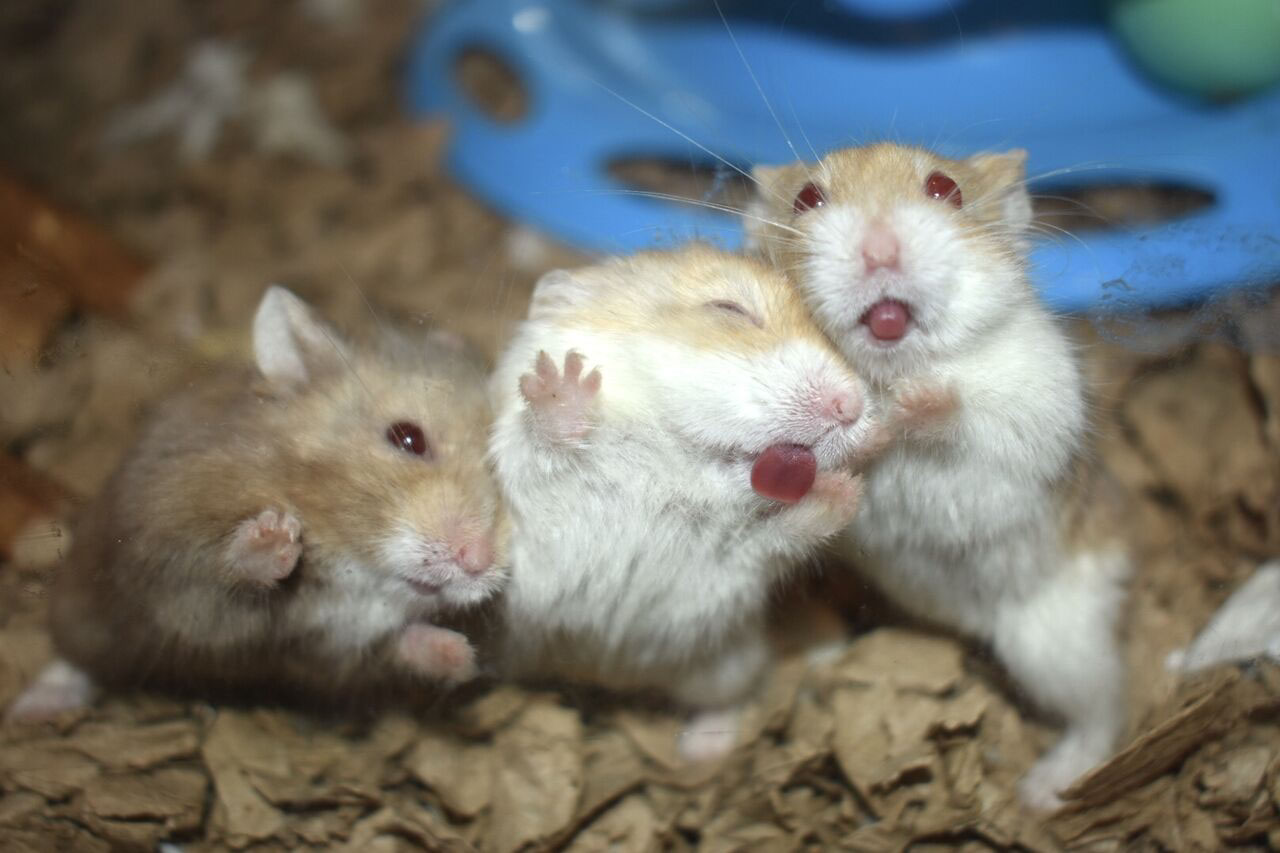
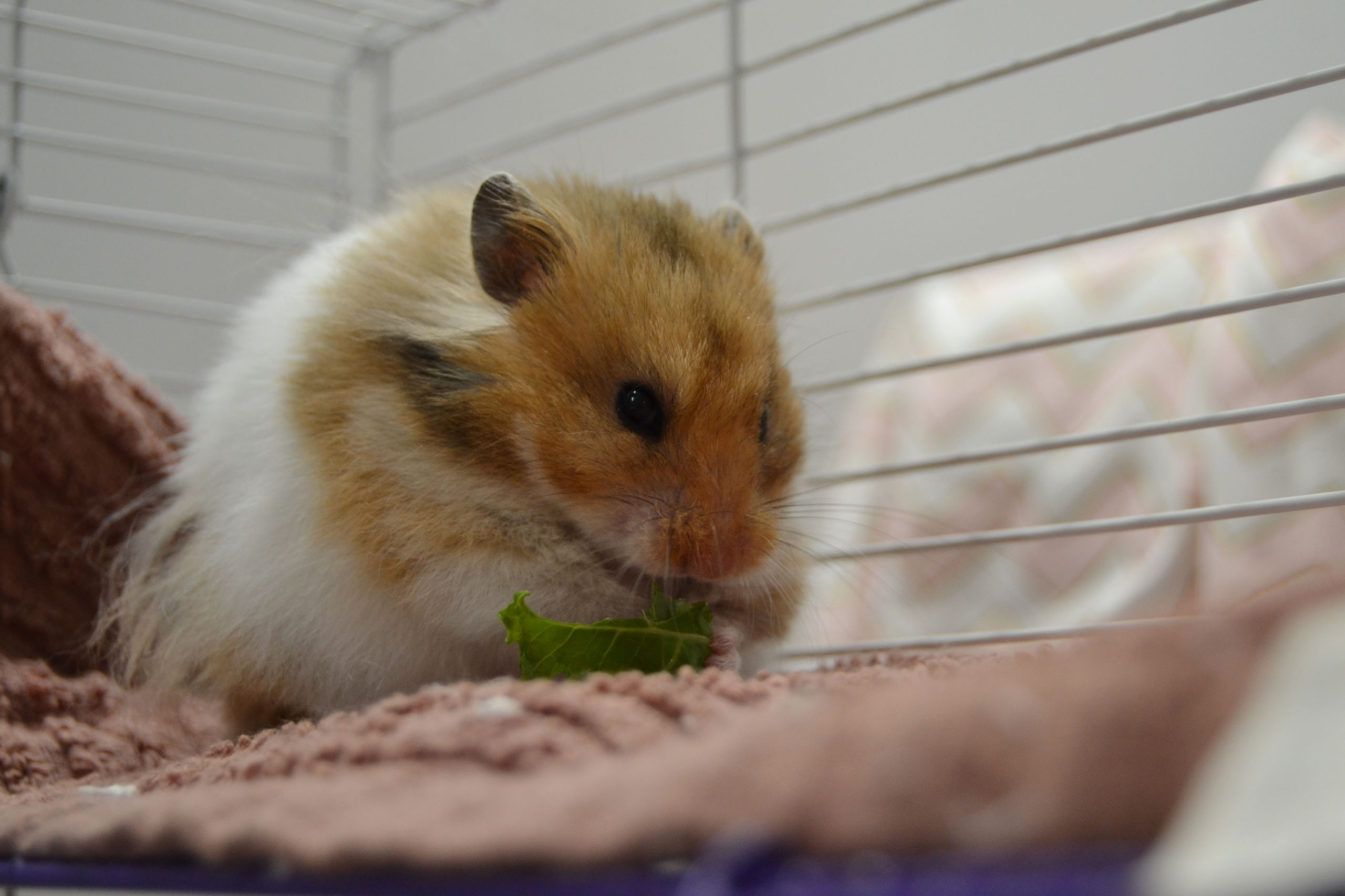


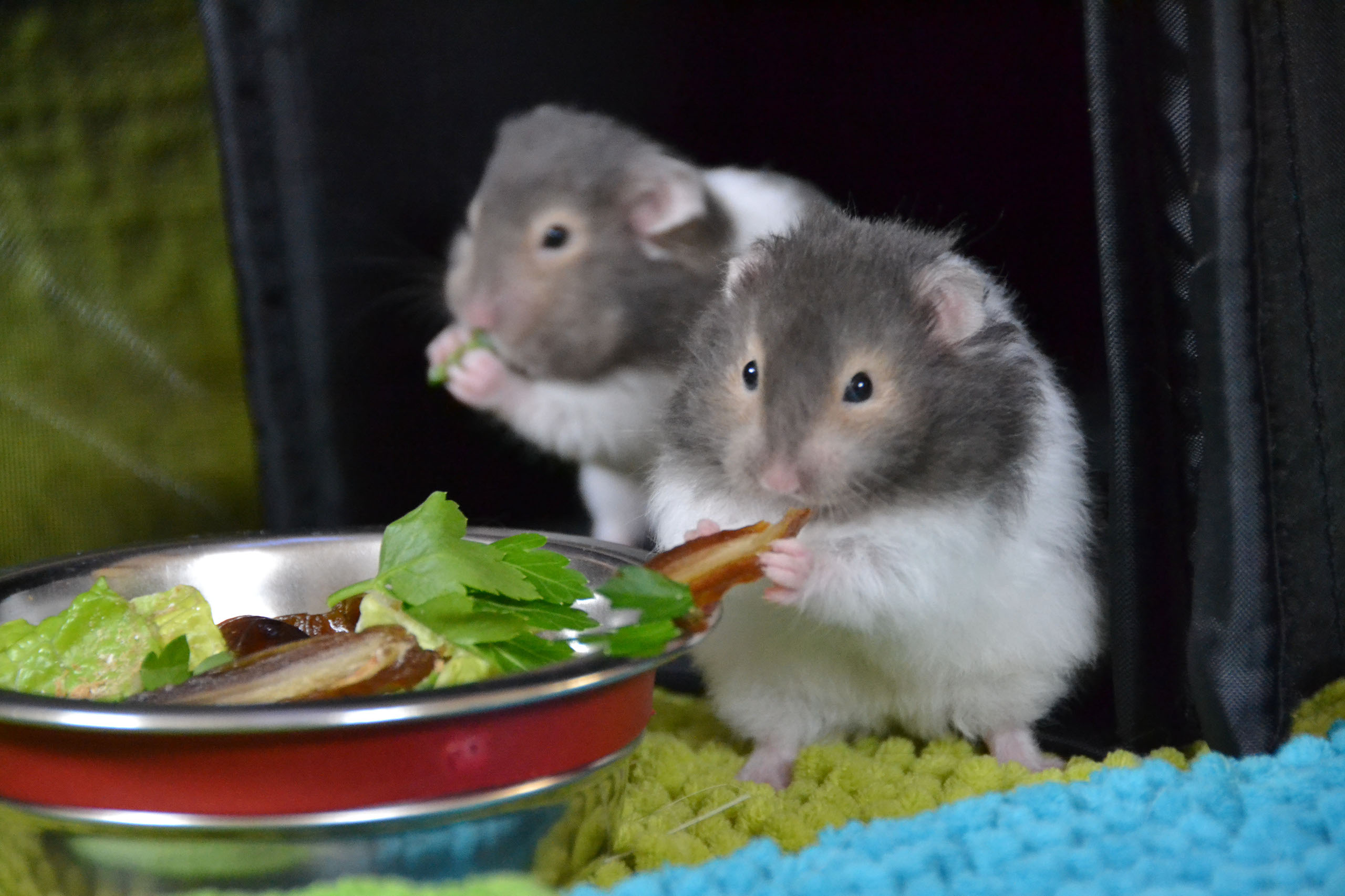
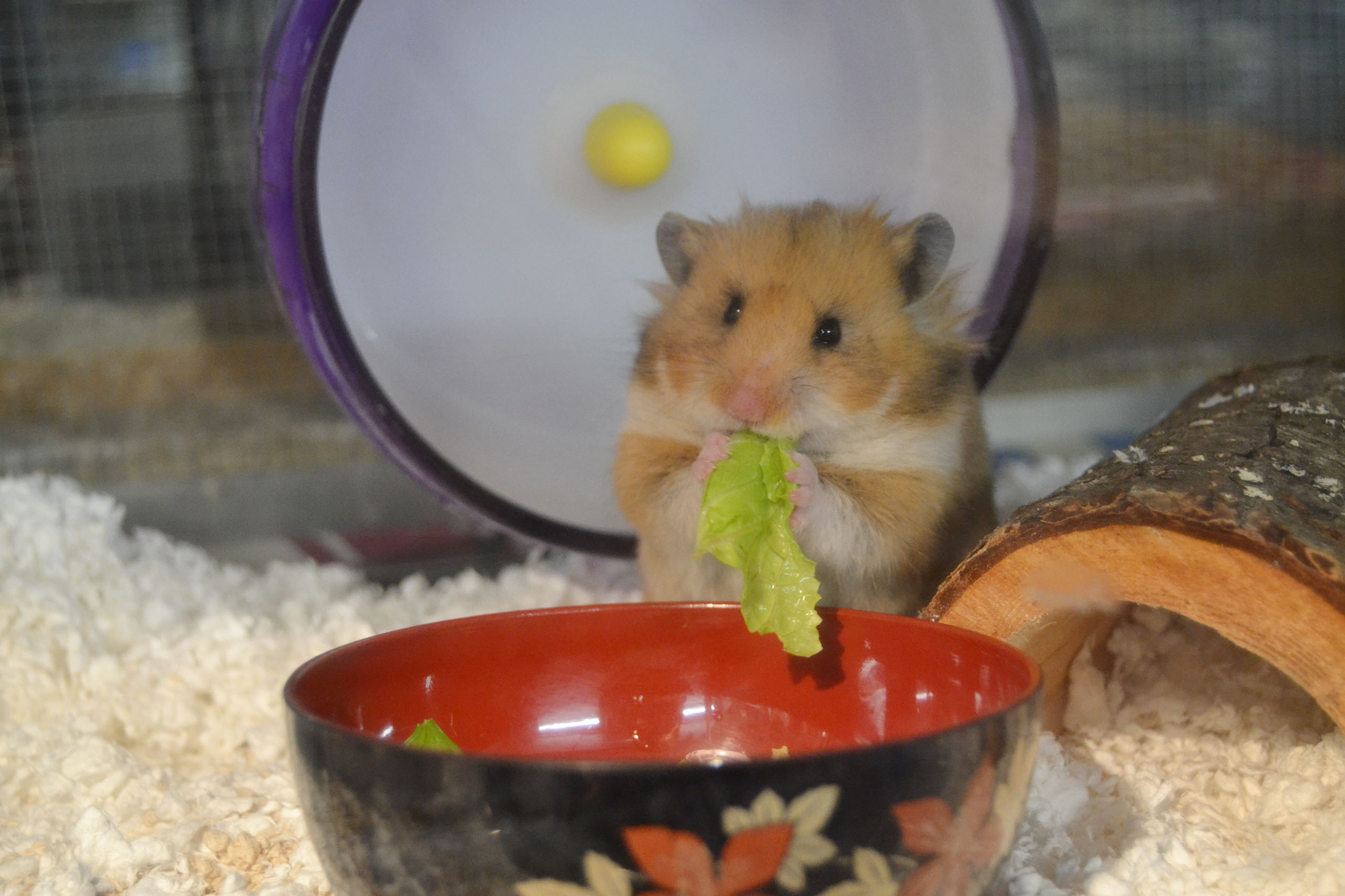
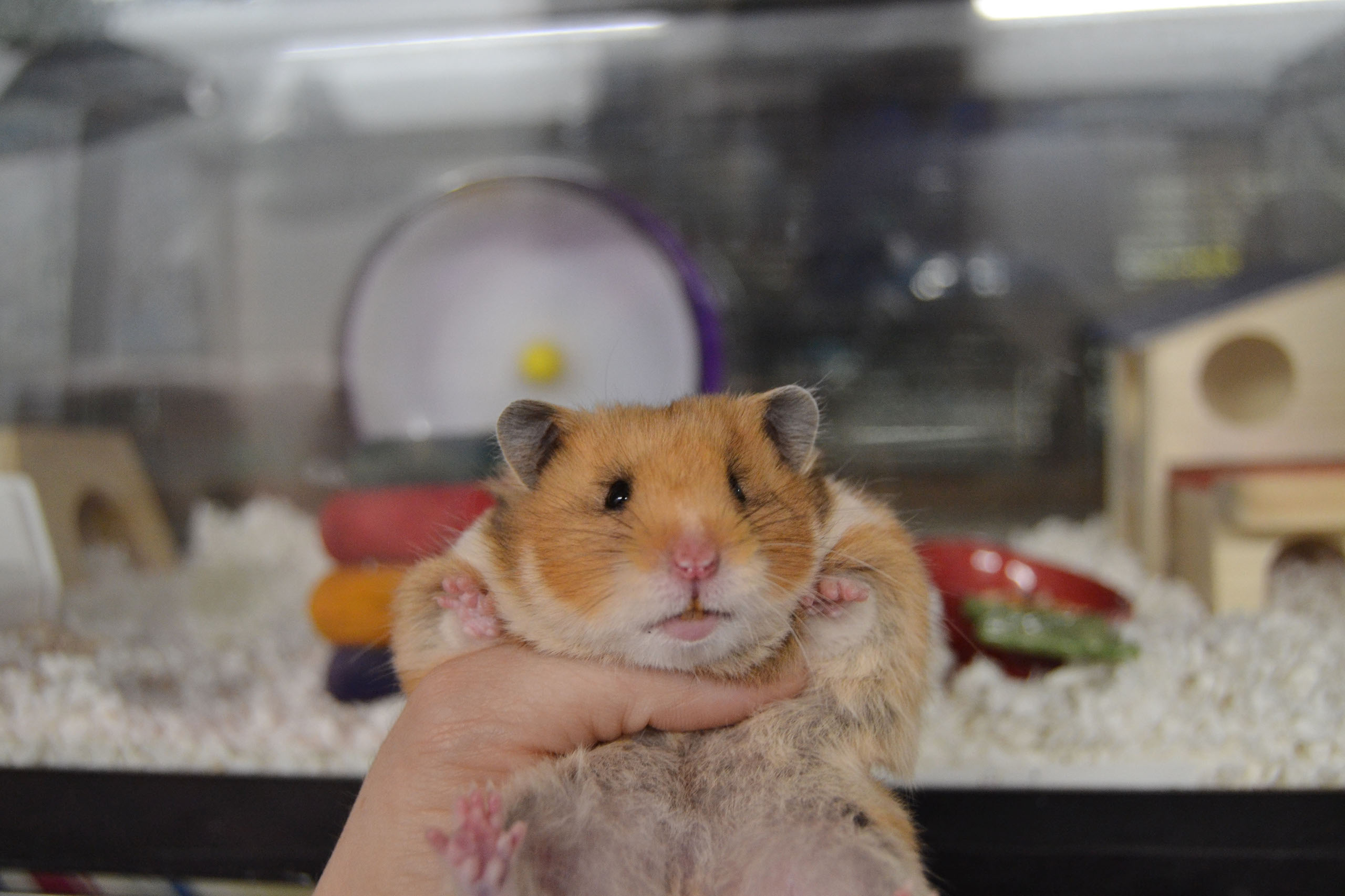

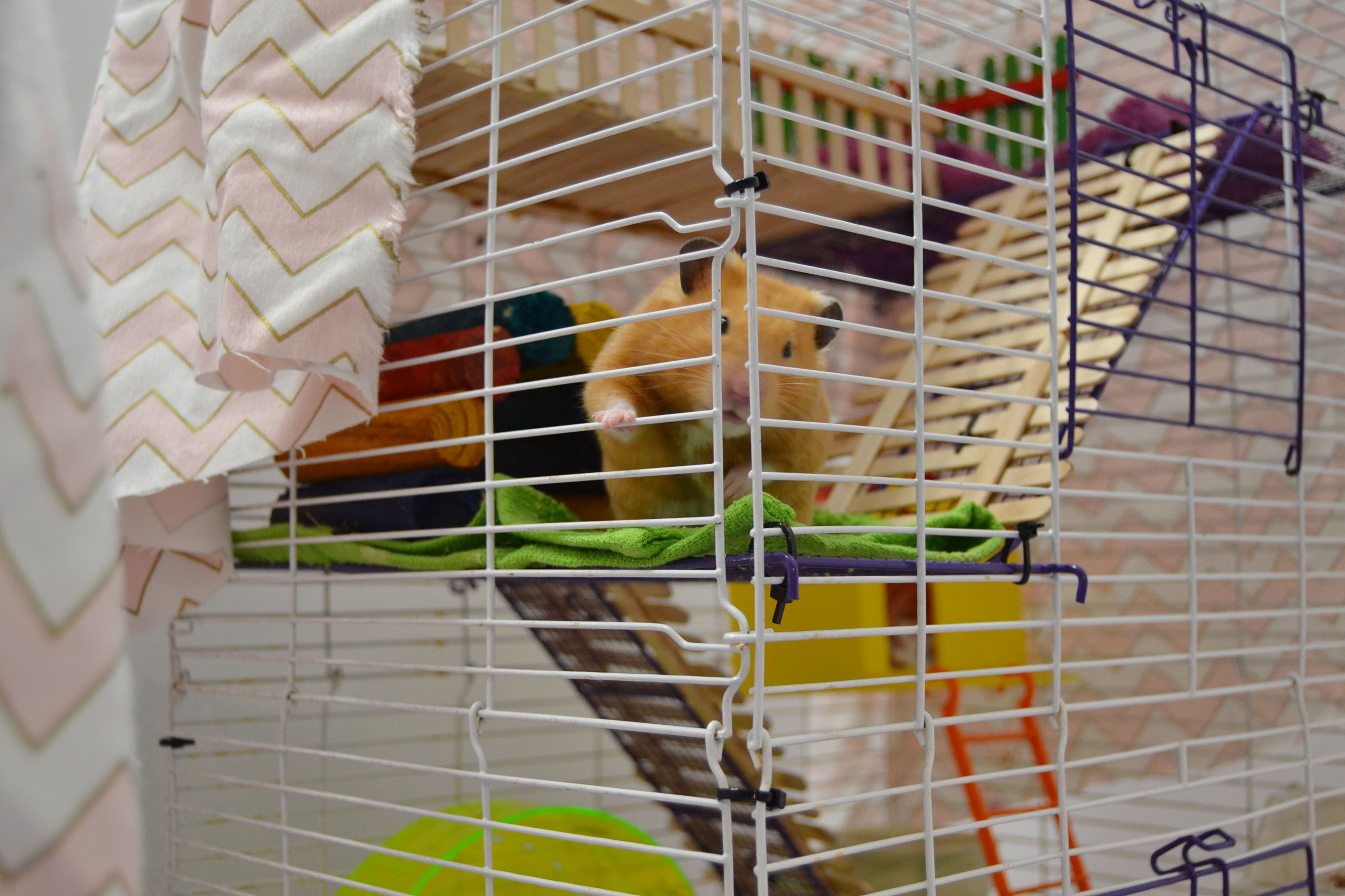
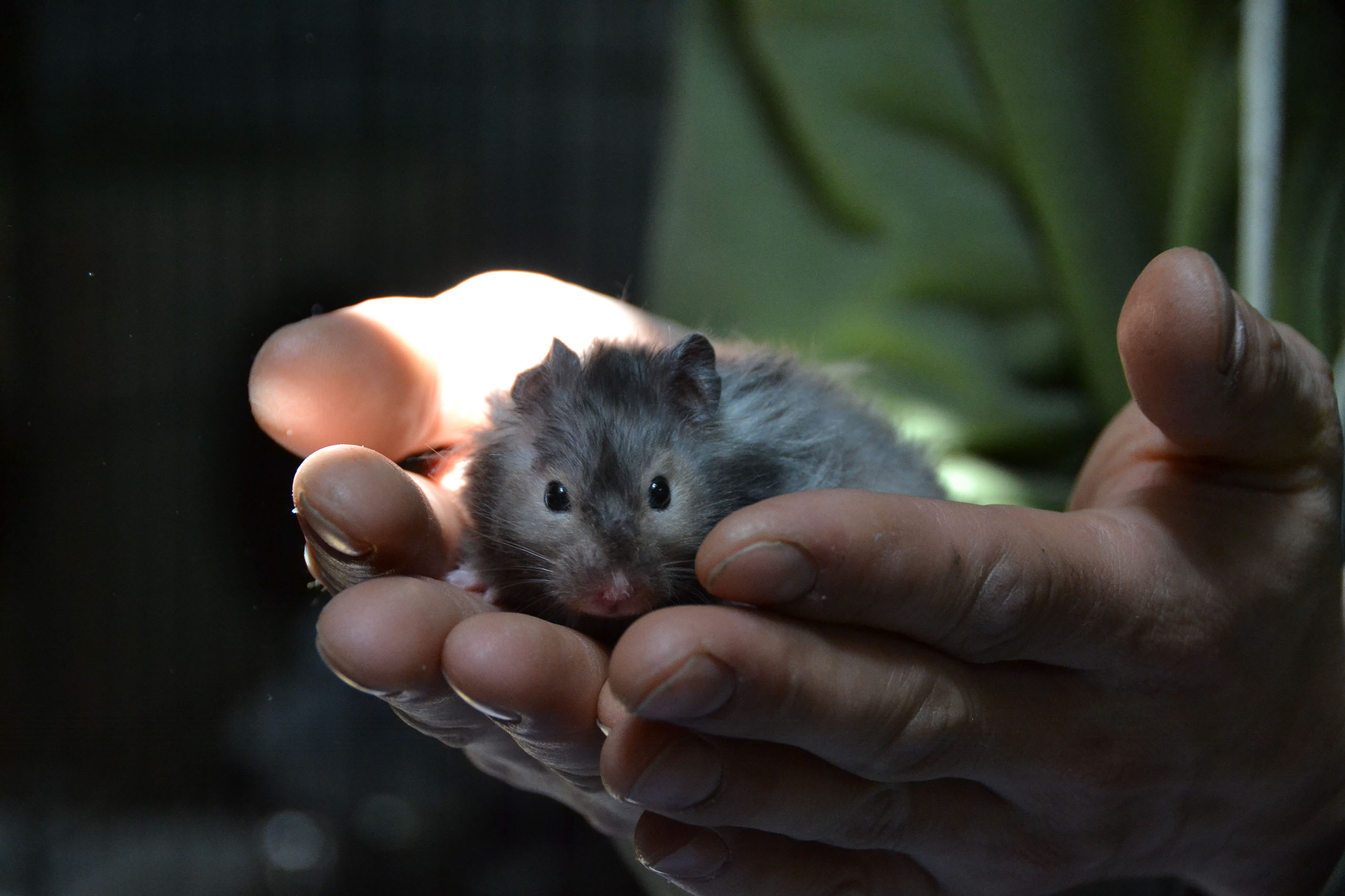
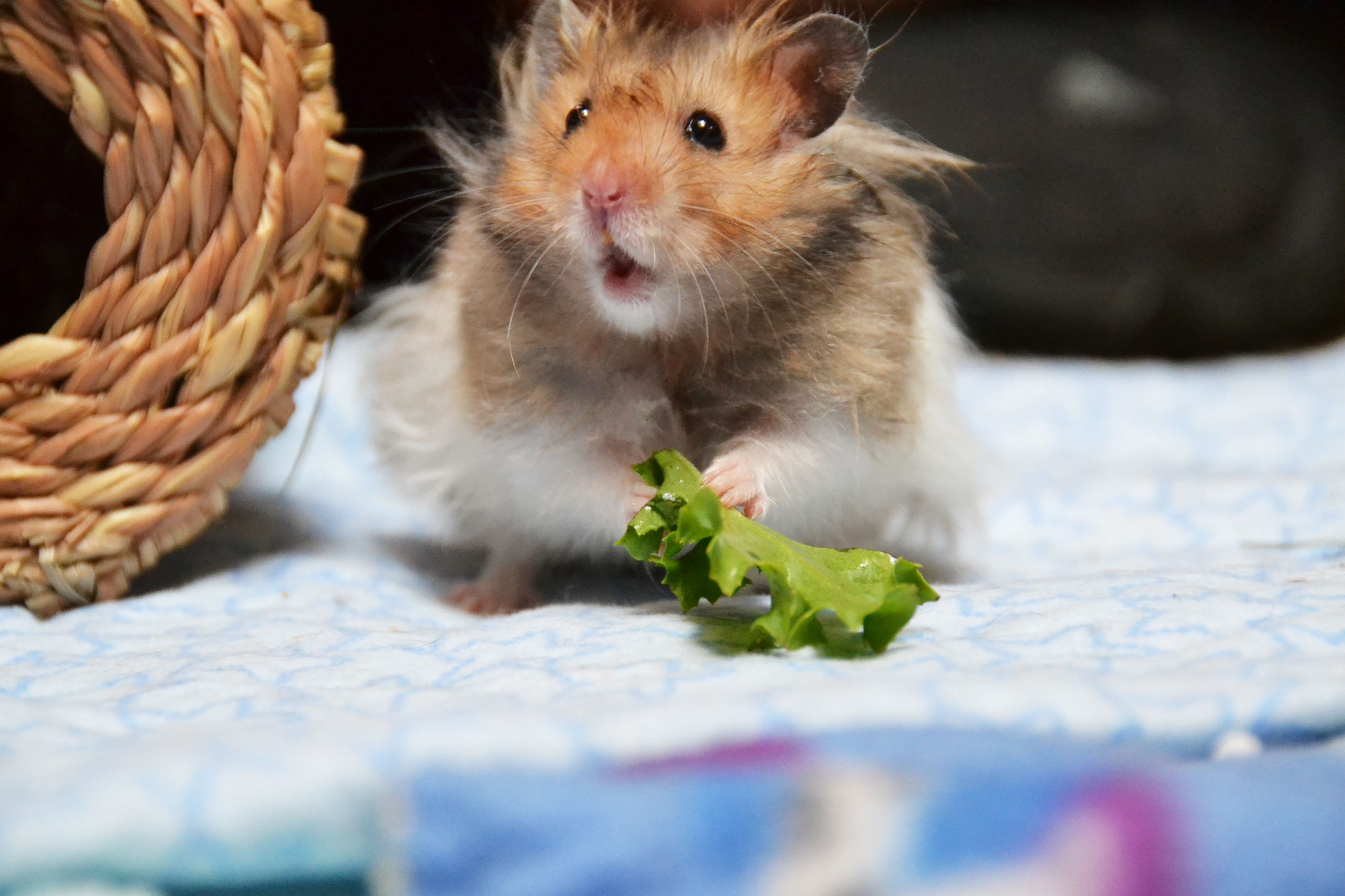
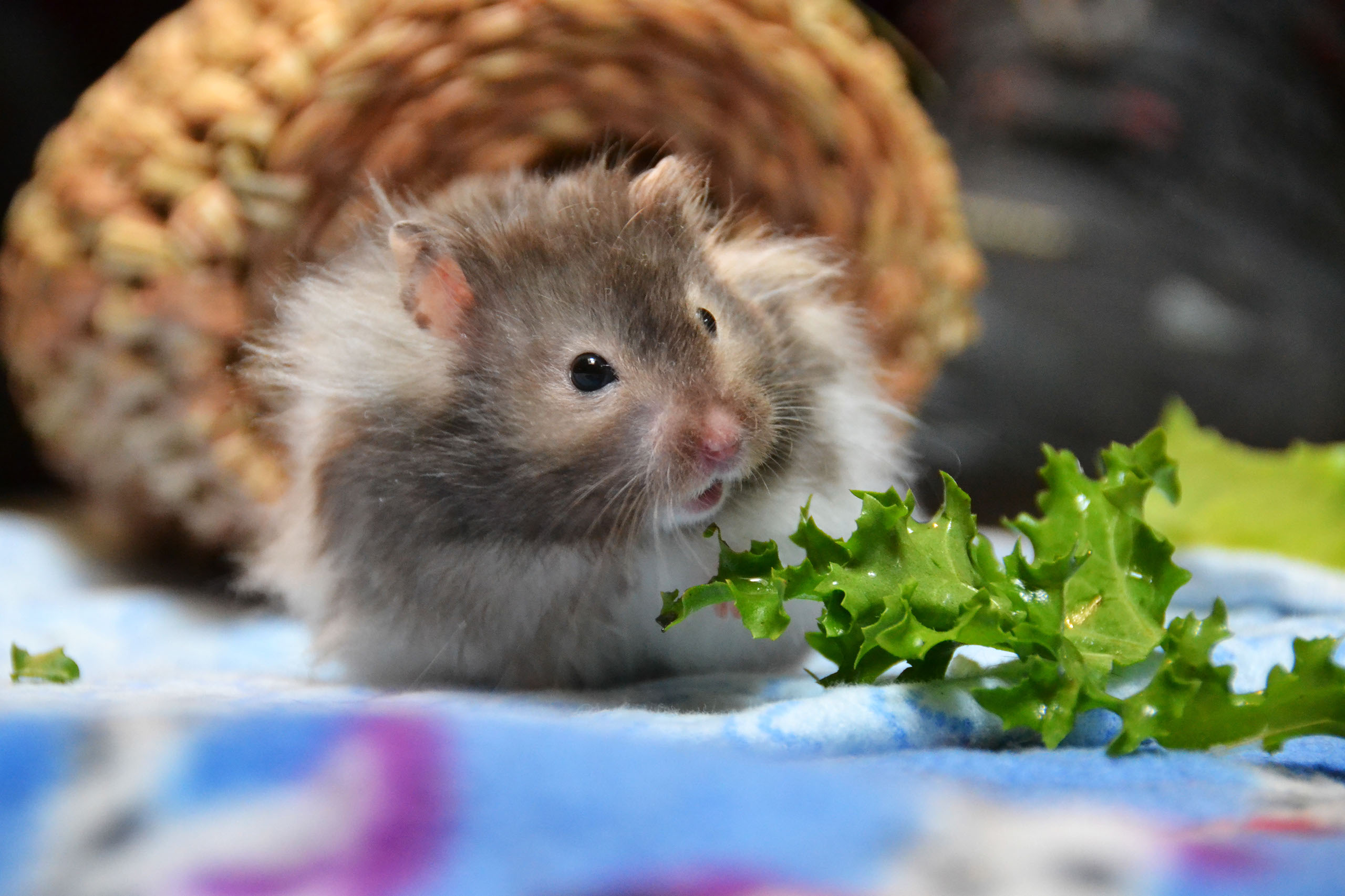
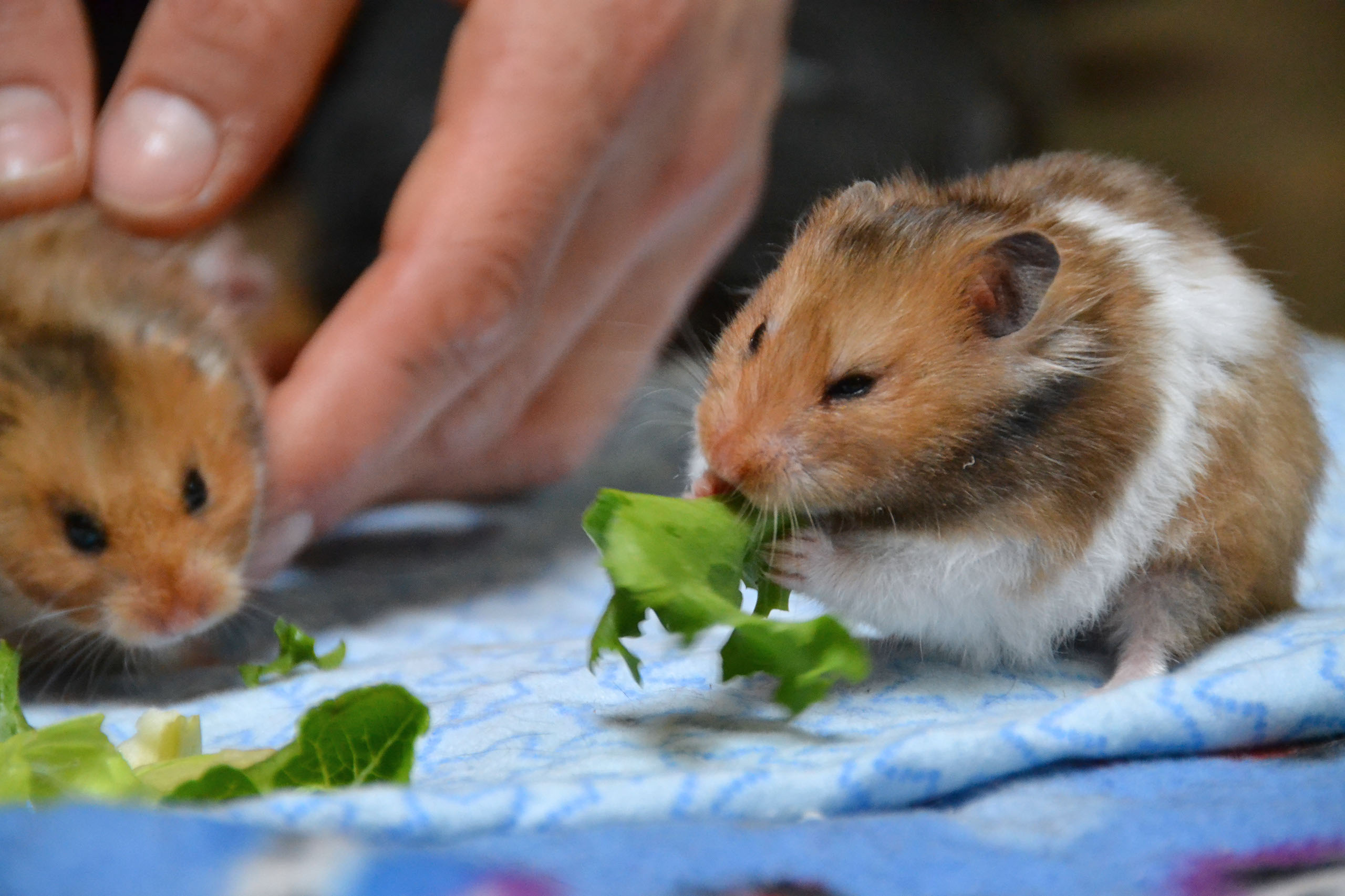
Hamsters navigate through their world relying on smell and hearing. During your first two-three days post adoption together, the hamster(s) will have to become equated with your voice and scent first. Speak softly when you approach, and keep your interactions to a minimum. The hamster(s) needs to adjust to the new home.
When you feel the hammy(s) is ready, gently reach into the cage, inviting the hamster(s) to come over and sniff your skin. Make sure you have washed your hands, otherwise the hamster(s) may mistake you for a snack! These first interactions are best done in the evening, when the hamster(s) is starting to wake up.
If the hamster rolls on the back, bears teeth, runs away or squeals, he/she is feeling threatened, and you should give them more space, and time, before you continue with the bonding.
The hamsters personality is often misunderstood, they are labeled as mean or aggressive, but in most instances, the hamster in question has been mistreated, unsocialized, or improperly housed. When given enough time, patience and care, the hamsters will show you that they are sweet natured animals, that will get to know and trust the human caretakers.
Adopting an animal from a rescue group such as the Empty Cages Collective (ECC) greatly reduces the IMPULSE BUY at the pet stores- a huge contributor to animal neglect, misinformation, abuse, and abandonment.
Knowing there are already thousands of homeless hamsters, why not choose to adopt instead? The only way to break the cycle of homeless animals in shelters, abuse of animals in pet stores, and by initially well-intentioned animal guardians, is to #AdoptDontShop!
There is a lot of misinformation out there, perpetuated by pet stores, and well-meaning, but misinformed hamster guardians. During adoption with ECC, we make sure to provide written information, as well as an orientation, to the approved adopter and family when they meet the animal(s) that they are interested in. We make time to (continue reading)...
... show people, first-hand, appropriate enclosures, instruct in proper handling, diet and exercise needs, and share medical files, as well as recommendations as to what other vet offices might work for this particular species.
Not only do the rescued hamsters give unconditional love, but they have been shown to be psychologically, emotionally and physically beneficial for their adopters. Caring for a companion hamster can provide a sense of purpose and fulfillment, and lessen feelings of loneliness and isolation in all age groups. And when you #AdoptDontShop, you can also feel proud for helping an animal in need! You will change a homeless animal's whole world, and get a new best friend in return. Seriously, what could be better than that?!













